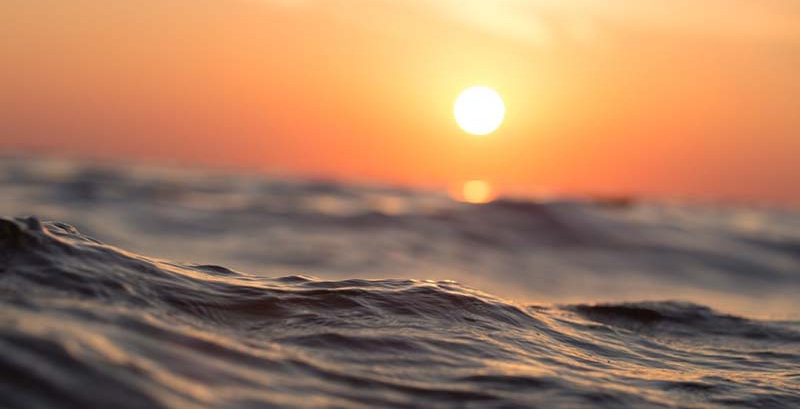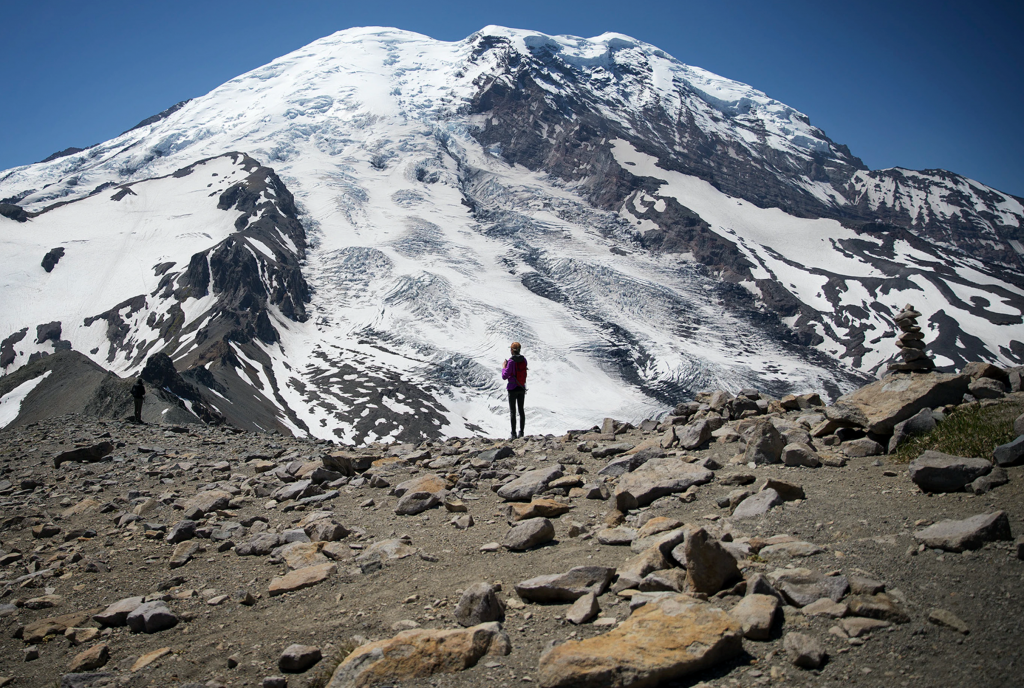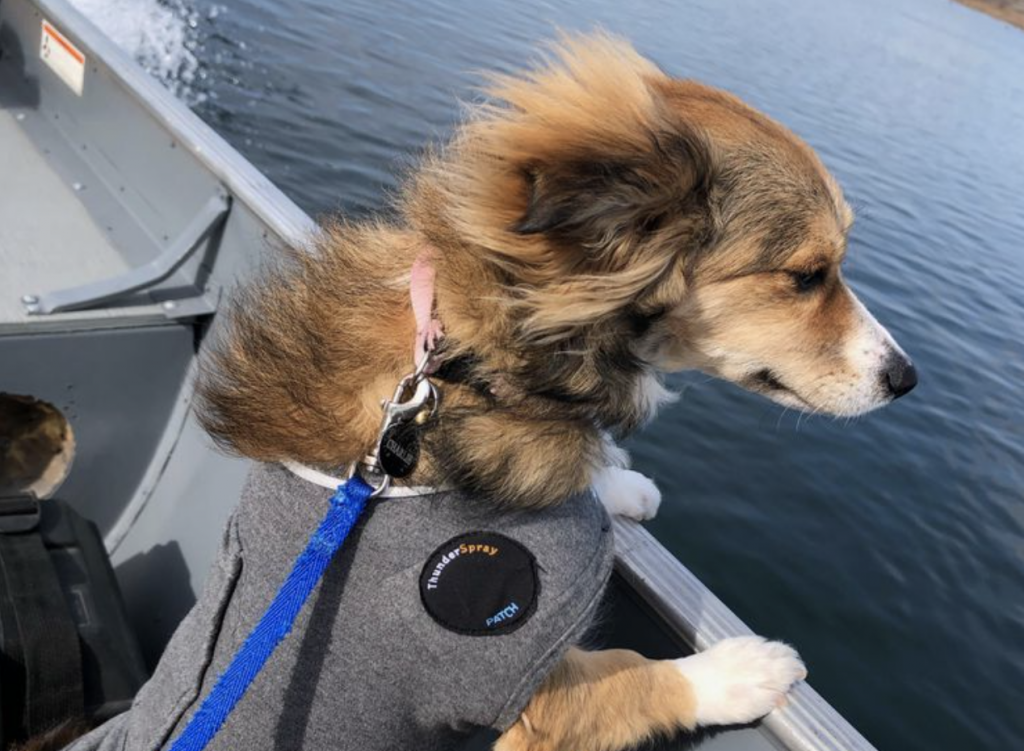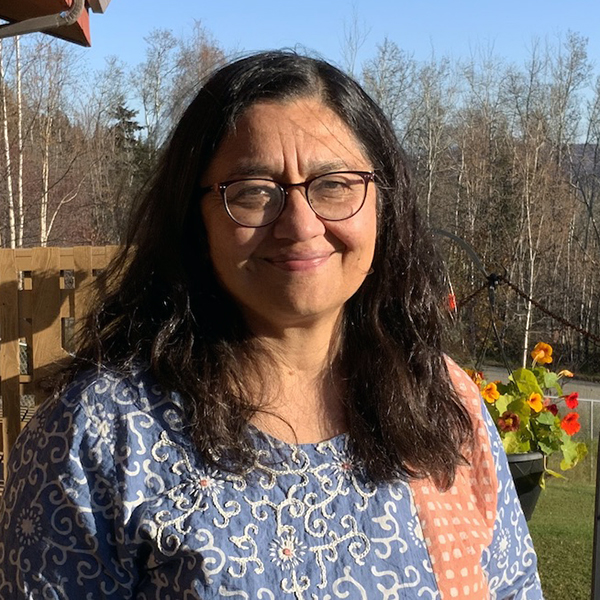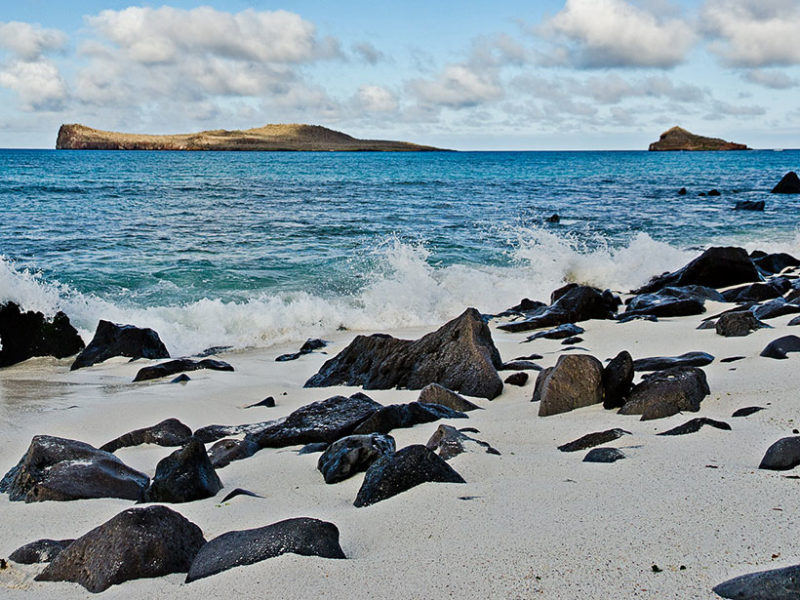Impacts of Another Potential La Niña Winter Already Being Felt In Western Washington
By Glenn Farley, King 5 News
This would be the second La Niña in a row, which could make for a colder, wetter fall and better snowpack in the winter.
NOAA Awards 5.16 Million for 12 new projects – Including Three at UW – Aimed to Advance Understanding of Climate Variability and Change
CPO’s Climate Observations and Monitoring (COM) program and Climate Variability and Predictability (CVP) program, in partnership with NOAA’s Global Ocean Monitoring and Observing (GOMO) program, are announcing 12 new three-year projects in Fiscal Year 2021 that aim to increase the use and value of ocean observations, advance our understanding of climate variability and change, and enhance NOAA’s ability to model and predict the Earth System.
See full list of projects at NOAA CPONOAA Awards Over $171 Million for Climate Science, Community Resilience
NOAA’s Climate Program Office (CPO) announced today a total award amount of $171 million, the highest five-year investment in the program’s history, to support 72 innovative and impactful projects that will improve our nation’s resilience at a critical time in the fight against the climate crisis.
Award Details And CICOES InvolvementA Tribute to Mary Smith, 1948-2021
“Mary was awesome. Trustworthy, honest, forthright, kind, funny…I could go on and on. She set a high bar for administrators…”
Mary Smith, who served as assistant director and administrator for JISAO from 2003-2018, passed away on September 12.
Fires Are Lasting Longer Into the Night, and Researchers May Have Found Out Why
By Kasha Patel, The Washington Post
A new study showed nighttime air in the western U.S.
Why ‘Copious’ Rain Could Wash Washington’s Worries Away This Weekend
By Angela King & Natalie Newcomb, KUOW
Washington’s dry spell may be coming to an end.
Listen at KUOWSix Dogs Sickened or Dead Near the Tri-Cities, All Thought to Have Recent Contact with Columbia River
By Anna King, NW News Network
Pets dead or sick after coming in contact with Columbia River water near the Tri-Cities, Wash.
Staff Spotlight: Dr. Uma Bhatt
Associate Director, CICOES-UAF
Dr. Uma Bhatt is an Associate Director for CICOES at the University of Alaska Fairbanks.
Video: What is Ocean Acidification
We hear the phrase “ocean acidification” often, frequently connected to conversations around climate change, but what exactly is ocean acidification?
Read moreTropical Climate Change Is a Puzzle – Could Aerosols Be a Piece?
The eastern tropical Pacific Ocean hasn’t warmed as much as climate change models projected. A new study shows that aerosols in the atmosphere could be responsible.
Continue reading at EOS

